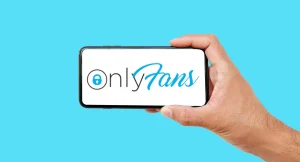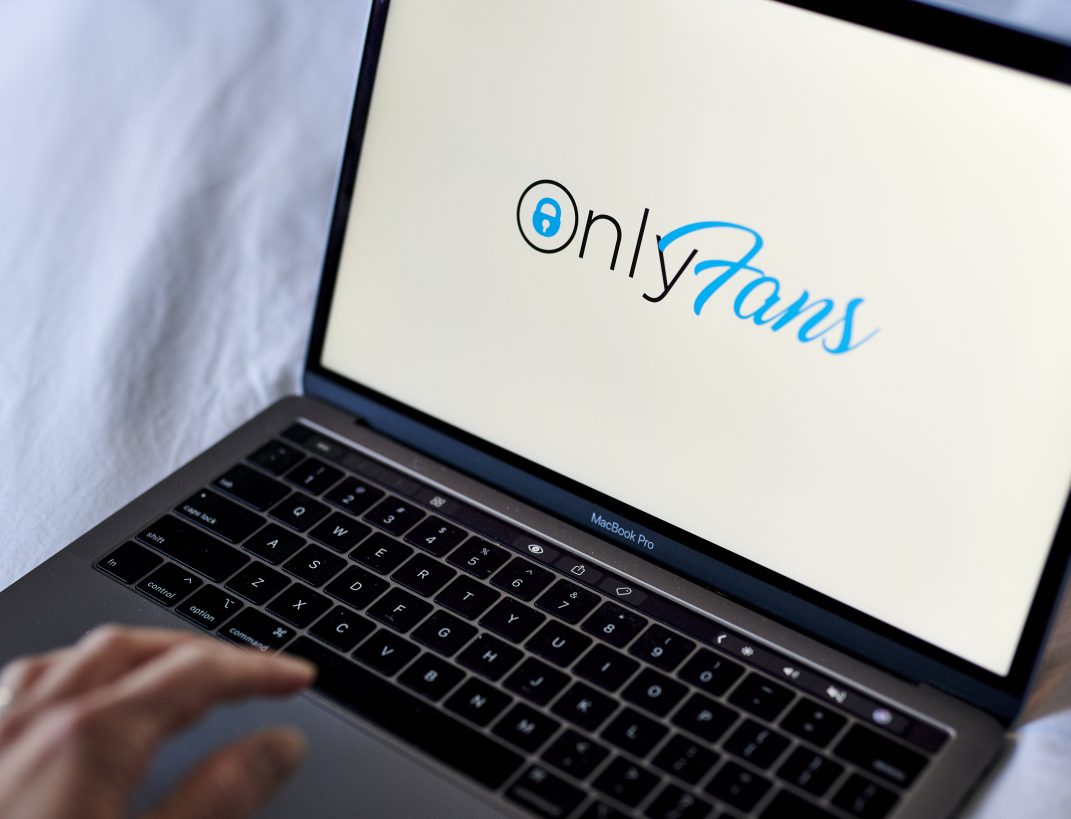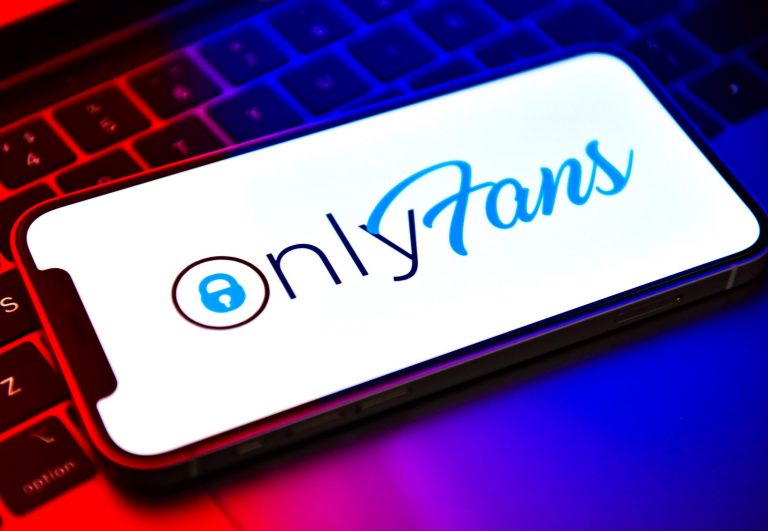As the internet has become more accessible, so too have the opportunities for people to view and share leaked content. While this type of content has always been popular, it seems to have reached new heights in recent years with the rise of platforms like OnlyFans. So, what is it about leaked content that is so appealing?
There are a few key factors that make leaked content so attractive. Firstly, it is often seen as being more “real” or “authentic” than other types of content. This is because it is usually unedited and unscripted, and so gives viewers a more “raw” experience. Secondly, onlyfans leaked content often features people who are not professional performers or models. This makes them seem more relatable and down-to-earth, which can be appealing for viewers who are tired of seeing polished and airbrushed images everywhere they look.
Finally, leaked content can often be seen as taboo or illicit, which can make it all the more exciting for viewers. It can also add an element of suspense, as viewers never know quite what they are going to see next. All of these factors combine to make leaked content highly addictive and extremely popular.
Of course, there are also some downsides to viewing leaked content. For example, it can sometimes be low quality or grainy, and it may not always be clear what is happening in the video. Additionally, because it is often uploaded without the consent of those featured in it, viewing leaked content can feel like a violation of privacy.

However, these drawbacks do not seem to deter most people from watching leaked content. On the contrary, the appeal of this type of material seems to be stronger than ever before. In a world where we are constantly bombarded with perfectly curated images and videos, there is something refreshing and exciting about seeing something that is completely unplanned and unscripted. Whether you love it or hate it, there’s no denying that leaked content is here to stay.
How access to private content impacts user experience
As the internet continues to evolve, so too does the way users access content. In the past, users would have to go through a third-party provider in order to get content that was not publicly available. However, with the advent of social media and other platforms that allow for direct communication between users, this is no longer the case.
Content that is meant to be private is now more accessible than ever before, and this has had a significant impact on user experience. When content is more easily accessible, users are more likely to engage with it. This means that they are more likely to spend time on a site or platform, which can lead to increased traffic and engagement.

However, there are also some downsides to this increased accessibility. One of the main problems is that it can lead to pirated content. If a user can access private content for free, they are much less likely to pay for it. This can lead to lost revenue for content creators and decreased incentive to create new material.
Another issue is that private content often contains sensitive information. If this information gets into the wrong hands, it could be used for malicious purposes. For example, leaked nude photos could be used to blackmail or embarrass someone. This is why it is important for users to be careful about what they share online and with whom they share it.
Overall, the increased accessibility of private content has both positive and negative impacts on user experience. On one hand, it makes content more engaging and easy to consume. On the other hand, it can lead to piracy and misuse of sensitive information. Users must weigh these factors when deciding whether or not to access private content.
Exploring the privacy implications of sharing leaked material
The release of private information, also known as a data leak, can have many implications for the person or organization whose information has been released. A data leak can range from the release of a single individual’s private information to the release of information about an entire company. The privacy implications of sharing leaked material will depend on the type and amount of information that has been leaked, as well as how widely the material has been distributed.

If personal information, such as an individual’s name, address, or Social Security number, has been leaked, there is a risk that this information could be used by criminals to commit identity theft or other crimes. If sensitive financial information, such as credit card numbers or bank account numbers, has been leaked, there is a risk that this information could be used by criminals to commit financial fraud. In some cases, data leaks can also result in physical safety risks for the individuals whose information has been released. For example, if an individual’s home address has been leaked, there is a risk that this individual could be targeted by criminals.
Data leaks can also have significant reputational implications for the organizations whose information has been released. In some cases, data leaks can damage the public image of an organization and lead to a loss of customers or investors. In other cases, data leaks can result in legal action being taken against an organization. For example, if an organization is found to have leaked sensitive customer information, it could be subject to fines or other penalties from regulators.
The best way to protect against the privacy implications of sharing leaked material is to prevent data leaks from happening in the first place. Organizations should have strong security measures in place to protect their data, and they should train their employees on how to properly handle sensitive information. Individuals should also be careful about what type of personal information they share online and with whom they share it.
Is there a legal precedent for protecting victims’ rights?
In the United States, there is no legal precedent for protecting victims’ rights when their private images are leaked online. This means that if your intimate photos or videos are shared without your consent, you have no legal recourse.
This situation is unfair and unjust, and it’s one of the many reasons why we need stronger laws to protect victims of revenge porn and other forms of non-consensual image sharing.
While there is no federal law against revenge porn, some states have enacted their own laws. California was the first state to do so, passing a law in 2013 that made it a crime to distribute private images without consent.
Other states have followed suit, but the patchwork of state laws is far from ideal. It’s time for Congress to pass a federal law that would provide much-needed protections for victims of image-based sexual abuse.
Currently, the only federal law that provides any sort of protection for victims of non-consensual image sharing is the Violence Against Women Act (VAWA). VAWA includes a provision that makes it a crime to distribute intimate images without consent, but this law only applies to images that were originally taken with the intent to harass, intimidate, or threaten someone.
This means that VAWA does not currently protect victims whose images are leaked without their consent but were not originally taken with malicious intent. Congress should expand the scope of VAWA to include all victims of non-consensual image sharing, regardless of the original intent of the person who took the images.
In addition to passing a federal law, Congress should also take steps to make sure that state laws are adequate to protect victims of image-based sexual abuse. One way to do this would be to require states to pass laws that make it a crime to distribute intimate images without consent.
Another way would be for Congress to pass a law that preempts state laws and creates a uniform national standard for protecting victims of non-consensual image sharing. Either way, it’s time for Congress to take action to protect the rights of victims of this heinous crime.
The impact of unregulated third-party sites and hosts
There are many reasons why people use unregulated third-party sites and hosts. Some people do it for the money, while others do it for the thrill of the illicit act. Whatever the reason, there are consequences to this activity, both for the people who engage in it and for those who view the leaked content.
One consequence of using unregulated third-party sites is that you run the risk of having your personal information leaked. If you use your real name or email address on these sites, you could end up on a public list of people who have used these services. This could lead to embarrassment or even legal trouble if the site is shut down by authorities.
Another consequence is that leaked content can be damaging to the reputations of the people involved. If private photos or videos are leaked, it can ruin relationships and careers. Even if the content is not particularly damaging, it can still be embarrassing and cause distress to those involved.

Finally, viewing leaked content can also have consequences. While it may be tempting to look at leaked content out of curiosity, doing so can support the activities of those who engage in this type of behavior. Additionally, viewing leaked content may be illegal in some jurisdictions.
Overall, using unregulated third-party sites and hosts can have serious consequences for both those who engage in this activity and those who view the leaked content. If you choose to use these services, be aware of the risks involved and take steps to protect yourself from potential harm.
